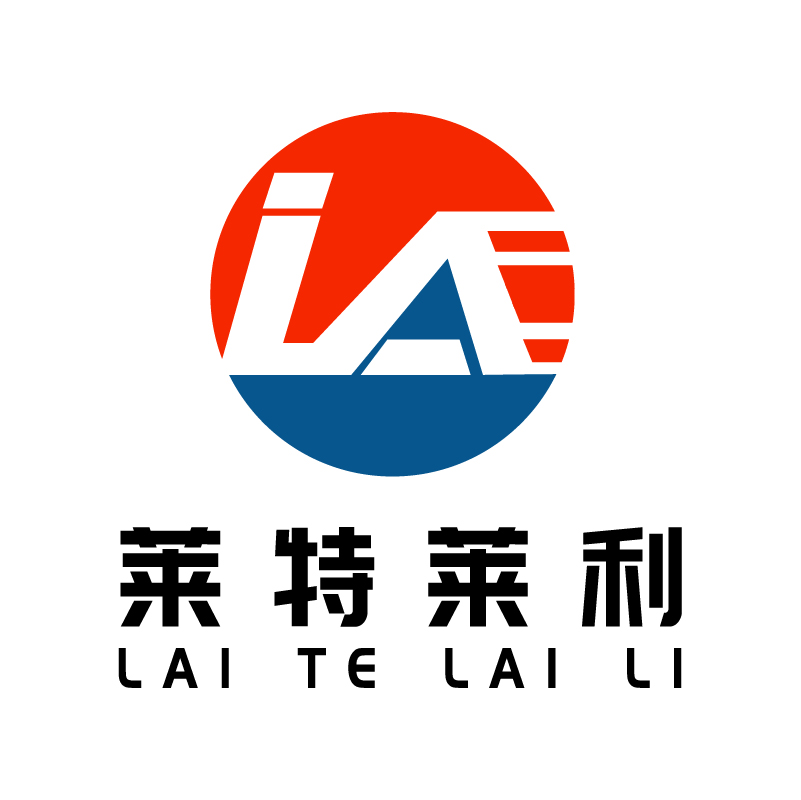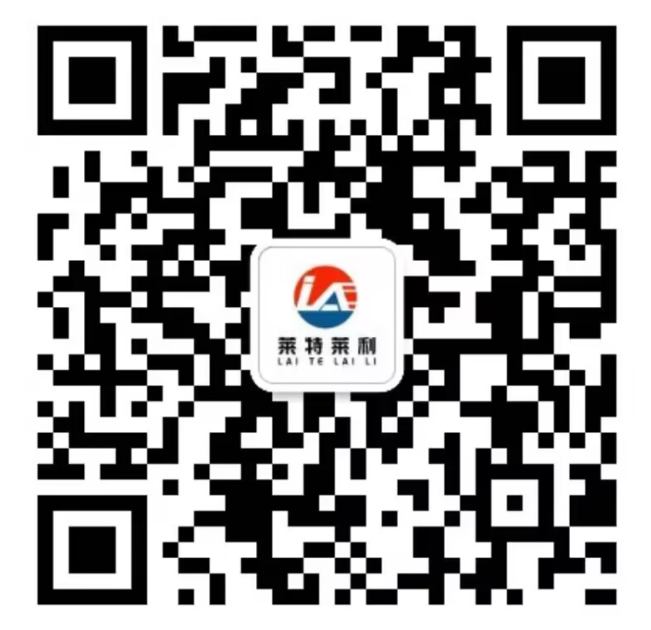What is the difference between the raw material of TTR carbon belt and TTO carbon belt
The raw materials of TTR carbon belt and TTO carbon belt are different in ink type, base material quality and back coating technology. Here's a breakdown:
1. Ink type
TTR carbon strip: may contain a variety of types such as wax, resin or mixed base, each type of ink composition is different, determines the use of the carbon strip characteristics and application range Θic-3Θ.
- TTO carbon tape: High quality inks that are more suitable for high-speed printing are usually used, and these inks offer better wear resistance and adaptability to meet the needs of specific sectors such as food packaging and pharmaceutical packaging.
2. Base material quality
TTR carbon strip: The base material may be a general polyester film, the quality of which can meet the ordinary printing needs.
- TTO carbon strip: The base material often needs to have higher quality and performance to adapt to the heat transfer and pressure requirements of the high-speed printing process.
3. Back coating technology
- TTR carbon strip: The main function of the back coating is to protect the print head and prevent static electricity, but it may not have special properties.
- TTO carbon strip: The back coating may have more advanced technology designed to improve printing efficiency and extend the life of the print head Θic-1Θ.
Step 4: Lubricant
TTR carbon strip: Lubricants are used to reduce wear on print heads, but may not be specifically optimized.
- TTO carbon belt: Lubricants may be more refined to cope with high heat and high pressure environments during high-speed printing.
5. Additional technology
TTR carbon belt: Generally does not involve complex additional technology, relying more on the reliability of basic printing technology.
- TTO carbon strip: May include special top coating to improve graphic adhesion, environmental resistance and other characteristics Θic-3Θ.
In general, when choosing a suitable carbon strip, you should consider the printer model, the quality requirements of the printed content, budget constraints, and the intended application area. For example, for food labels or pharmaceutical instructions that require a large number of continuous prints, it may be more appropriate to choose a TTO carbon belt. For general warehousing and logistics label printing, TTR carbon belt may be more economical.



